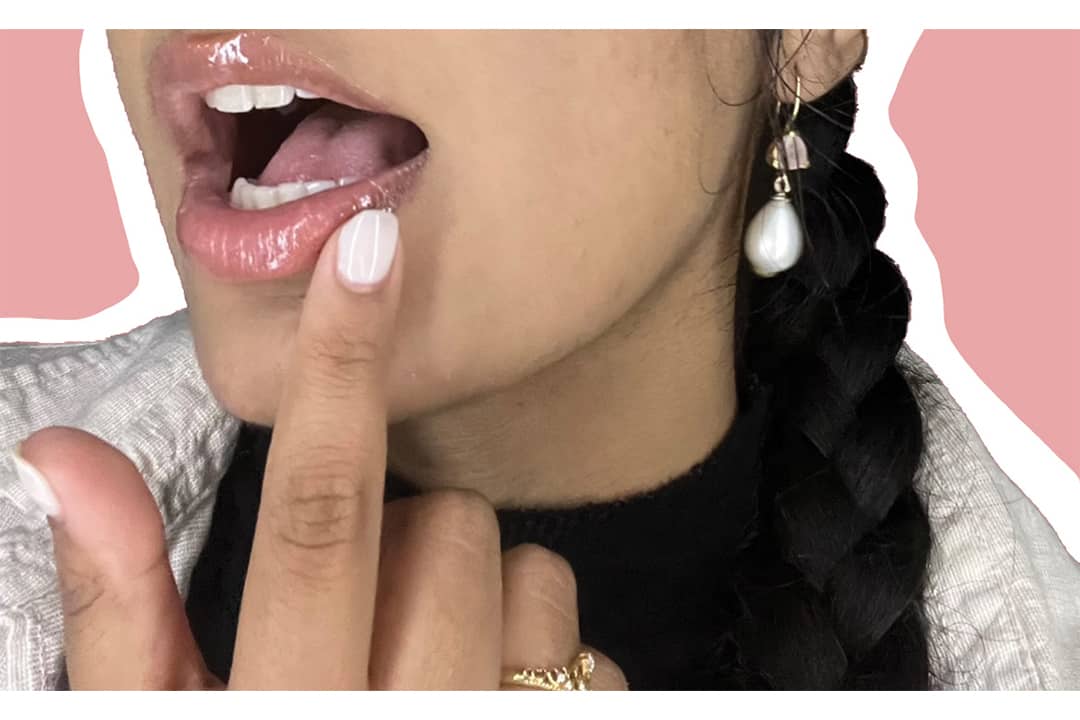With slicked-back hair, gold jewelry, and glossy skin dominating the style, The New York Post defines the ‘clean girl aesthetic’ as an “effortlessly gorgeous” look.
While this aesthetic has only surged earlier this year on social media platforms like TikTok, the reality is that various aspects of the trend have existed within Black and brown communities for much longer.
However, for years, conventional Western beauty standards deemed slicked-back hair and gold hoops ‘trashy’ and ‘dirty’ when worn by Black and brown women. Although it does not matter whether someone chooses to embrace the clean girl aesthetic or not, we cannot ignore the exclusivity of this trend.
When I browse through my own For You page on TikTok, I’ve noticed that the trend is dominated by white women. In North America, Eurocentric features are conventionally idealized as the beauty standard. Consequently, for generations, Black and brown women have been put down for their cultural attire and aesthetic choices. However, because of the sudden popularity of the clean girl aesthetic, Black and brown women must also see markers of their culture that they were once shamed for now being glorified when white women wear them.
When looking through the type of individuals sporting the trend, I can’t help but think that what is considered an “effortless” aesthetic is actually one that is classist and racist. The clean girl aesthetic excludes racialized women, as they do not fit the Western beauty ideals shaped by Eurocentricity.
This trend also points to how economic and class differences within our society are related to race. The idealization of the clean girl aesthetic lays emphasis on the fact that anything will be deemed beautiful and classy once it is associated with conventional Eurocentric beauty standards.
While some may argue that you can simply turn off social media, you can not turn off the impact it has had on our society. There’s no question that the clean girl beauty aesthetic perpetuates Eurocentric beauty standards as the ideal. However, instead of tossing the aesthetic altogether, we should credit the marginalized and racialized communities that the clean girl trend originates from. Also, it is not right to shame others for their choice to partake in this aesthetic. Ultimately, supporting creators who use their platforms to educate others on this matter can be incredibly impactful and redirect the way the aesthetic is perceived.
This is not to say that TikTok is exclusively Eurocentric. If there’s one good thing about social media, it’s that it gives voice to a diverse array of perspectives. Despite one side of TikTok being filled with videos of clean girl how-tos, the other side is filled with videos of racialized Tiktokers like @simplyysri, @littleyeg, and @musingsofmec breaking down how they believe this aesthetic has essentially stolen elements from Black and brown communities. These TikToks shed light on the experiences of racialized women.
Aside from educating yourself on the history of the clean girl aesthetic, revisiting the way you view it and recognizing that the clean girl aesthetic is really about being natural is important. The aesthetic is about living comfortably in your body, which should also mean supporting other women to live comfortably in their bodies. This aesthetic should not be narrow, and as it gains more traction, supporting Black and brown communities is an important step in the right direction. Being mindful of the words being used to describe the aesthetic is a positive step toward a more inclusive beauty space.
Jasmin Akbari is a third-year industrial relations and human resources, digital humanities, and writing & rhetoric student at Woodsworth College.


